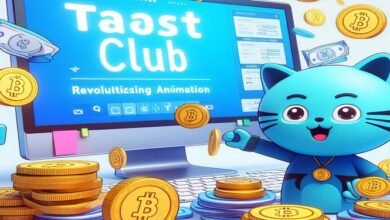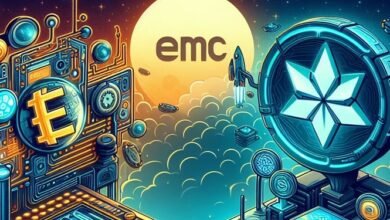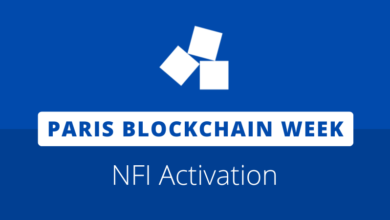Is the future of AI decentralized? Experts say blockchain holds the key

Artificial intelligence (AI), touted as the most powerful and expressive technology of our time, is at a pivotal moment in the transition to decentralization.
Decentralization of AI
Nick Emmons, Co-Founder and CEO of Upshot, is moving from traditional centralized AI systems dominated by a few powerful companies to a decentralized approach that leverages blockchain technology to increase transparency and collaboration. I emphasized.
Decentralized AI transforms opaque, centralized systems into transparent networks that coordinate machine intelligence toward a common goal. This transition not only democratizes AI, but also allows applications to operate in a trustless environment without having to rely on any particular organizational group.
Despite the growth in open source AI, with platforms like Hugging Face offering more than 450,000 models, Emmons points out that these developments are often done in isolation. For AI to become truly decentralized, he calls for a collaborative effort among developers to create models that learn from each other over time.
Emmons emphasizes the need to rethink the AI stack to fully decentralize development and applications. This involves all layers of AI, from computing power to data processing to model training. Decentralization can be achieved through markets that encourage collaboration and use blockchain technology to facilitate transparent and trustless interactions.
Decentralizing AI also provides a way to decentralize control over technology, tailor development to diverse needs, and protect it from large-scale monitoring and manipulation.
Facing a critical juncture in the development of artificial intelligence, Nick outlines a compelling argument for decentralizing AI. The current dichotomy presents two imperfect options. Either sacrifice decentralization for state-of-the-art proprietary AI, or commit to strictly decentralized alternatives that, while promising, currently fall short of centralized AI in terms of performance.
Emmons explains that overcoming this dilemma will require all participants in the AI ecosystem to work together. The goal is to create a collaborative environment where decentralized AI can thrive without sacrificing access to advanced technology. This includes ensuring decentralization across the entire AI stack, from data collection to model deployment, and maintaining a trustless and accessible architecture.
The need for joint development
Centralizing AI is efficient in terms of coordination costs, but it also centralizes power and control, which ultimately has a negative impact on innovation and privacy. In contrast, decentralized AI promises numerous benefits, including collective intelligence, universal access, tamper-proof output, scalability, privacy protection, and reduced bias.
To move to a decentralized AI future, Emmons calls for a new version of the AI stack as an open ecosystem, fostering synergies between components that were previously siled within closed systems. This shift has the potential to democratize AI development, ensure broader access to AI tools and technologies, and reduce the risks associated with centralized control.
HyperCycle CEO and founder Toufi Saliba told Investing.com that he believes artificial intelligence is “probably the most important innovation since the internet itself.”
Saliba emphasized the important role of collaborative development in the future of AI, stressing the need for “shared training models and open source technologies” to realize its full potential.
He compared the evolution of the Internet to the path taken by AI, saying, “Just as the web would never have taken off if it remained under ARPA’s control, it will take a long time for AI to reach its true potential.” , its development needs to be collaborative.” . ”
Saliba called for “a decentralized system that allows innovators to iterate on existing models” that fosters an ecosystem where the best ideas can flourish. He concluded with a vision of the future in which such an approach would enable “this innovative technology to change the world.”




